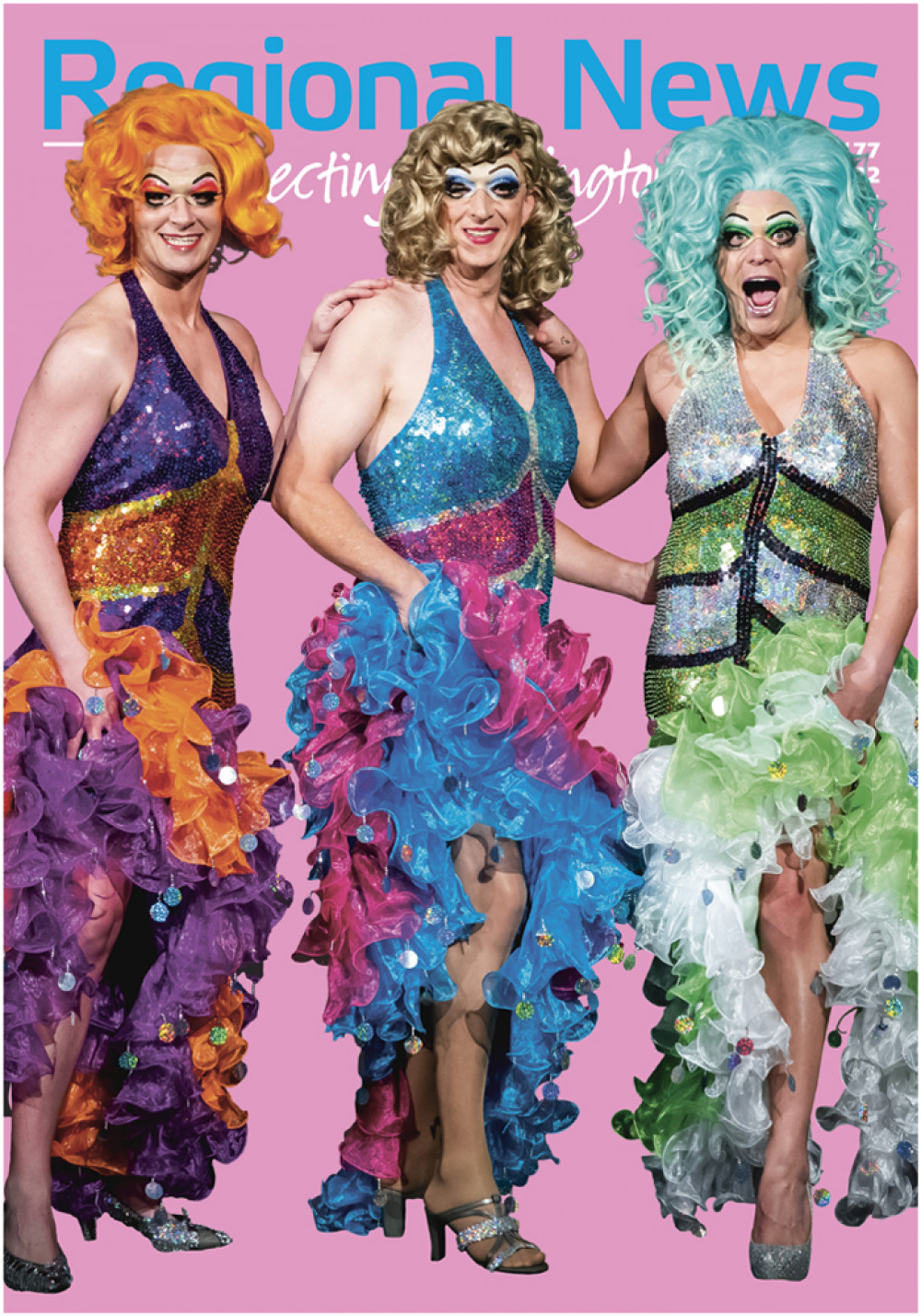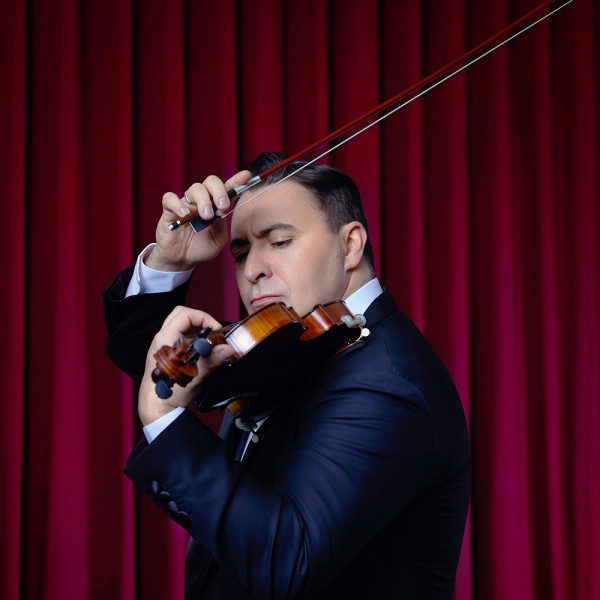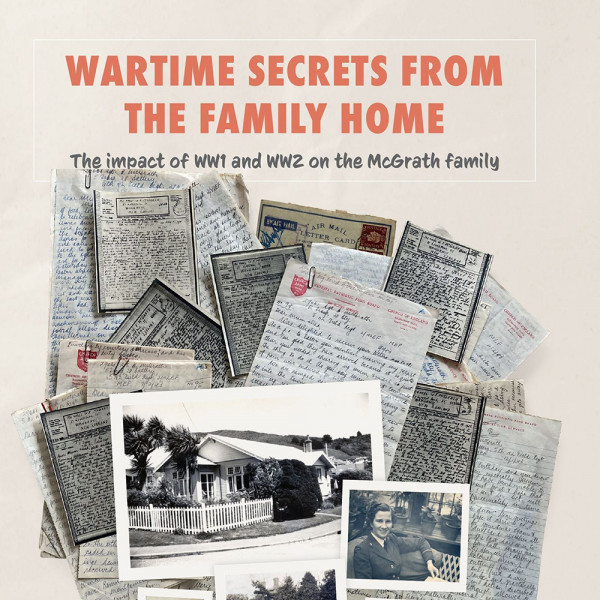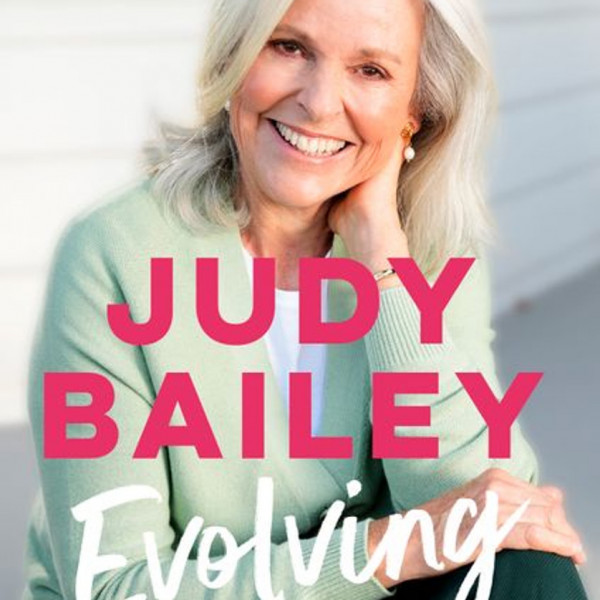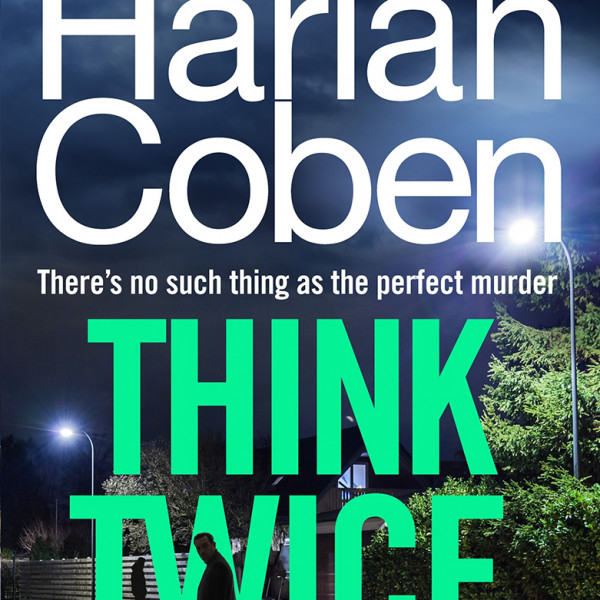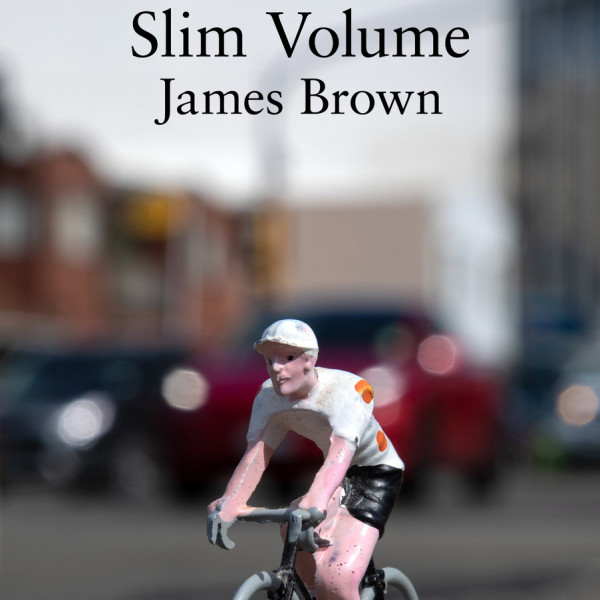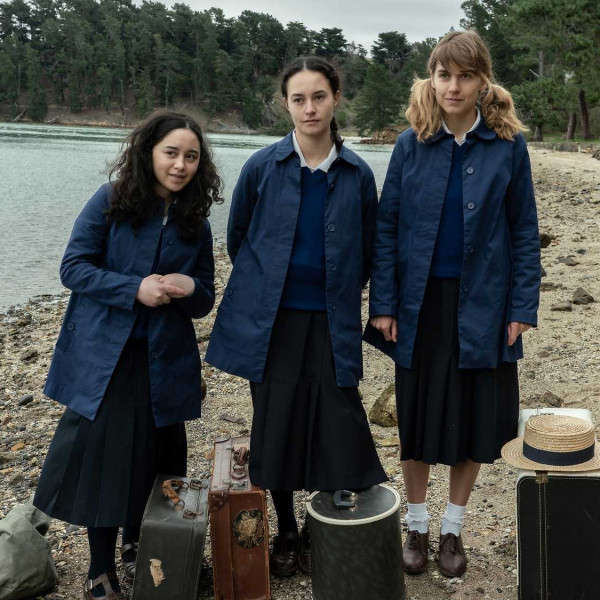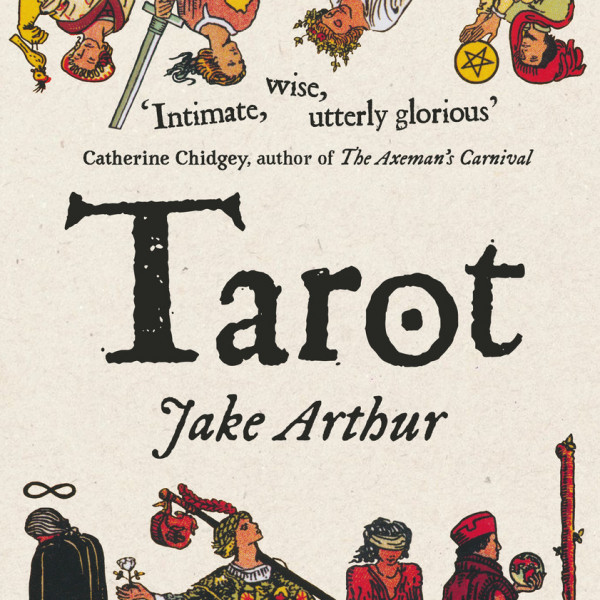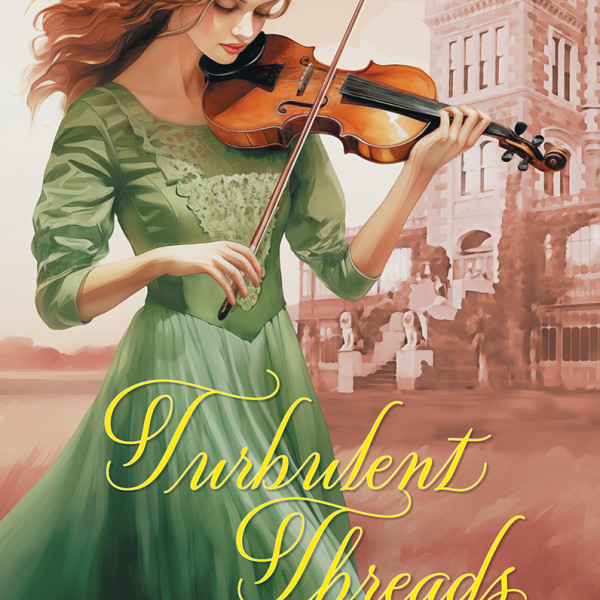
Hamlet – One Hour. Three Actors. Denmark Will Never Be the Same.
Written by: William Shakespeare
Adapted and directed by Jo Marsh
BATS Theatre, 21st Aug 2024
Reviewed by: Alessia Belsito-Riera
Fragmented, disjointed, and at odds with itself – strangely, the state of Denmark and the recesses of Hamlet’s mind echo each other. A crumbling, dystopian world held together by technology is the reality in which Hamlet – One Hour. Three Actors. Denmark Will Never Be the Same. unfolds.
Framed by five draped white frames that function as walls, corridors, curtains, doors, and screens upon which SPLITelevision can project videos, the set (designed by Jo Marsh) is malleable, much like Hamlet’s feeble mental state.
The script is distilled down to its essence, adapted and directed by Jo Marsh to take a trauma-informed approach. From this comes a crafted environment in which we lean into mental health issues and interpersonal relationships. Our ill-tempered, tortured, and gently portrayed Hamlet’s (Shaun Swain) sanity, already a hotly contested element in any rendition, is made all the more uncertain through various techniques.
By imposing a state of constant surveillance, Hamlet’s bouts of madness appear much more performative. Hamlet knows that every text he sends, every word he utters is watched, making his plan to feign lunacy all the more believable. However when video call screens double as ghostly apparitions, we begin to doubt what is real and what is his imagination.
From Ophelia to Queen Gertrude, Horatio to King Claudius, every other character is played by Helen Vivienne Fletcher and Hamish Boyle, who flit between roles at the drop of a hat with tremendous skill. Though scarves worn in different styles are brilliantly used to differentiate characters, their colour illustrating family relationships, Hamlet’s lunacy is compounded as everyone around him looks the same. Who can he trust when his world is so corrupt? In this genius technical choice, everyone blurs into one.
By the time we reach the final throws I’m engrossed and enraptured despite knowing the inevitable end, and I come to the conclusion that in a world governed by tech, “there is nothing either good or bad, but thinking makes it so”.



